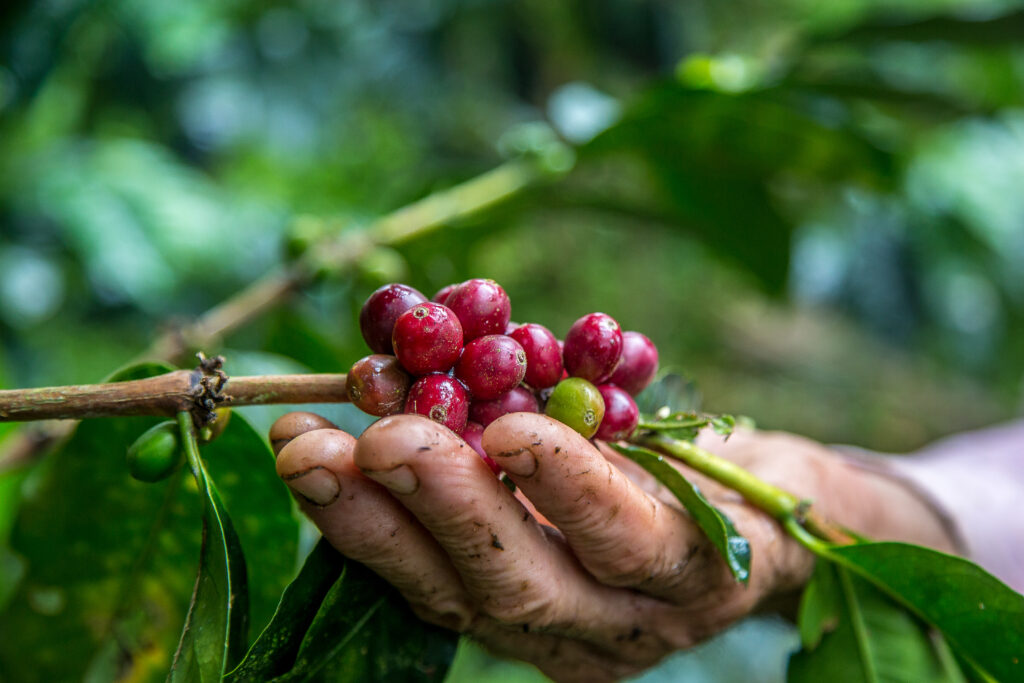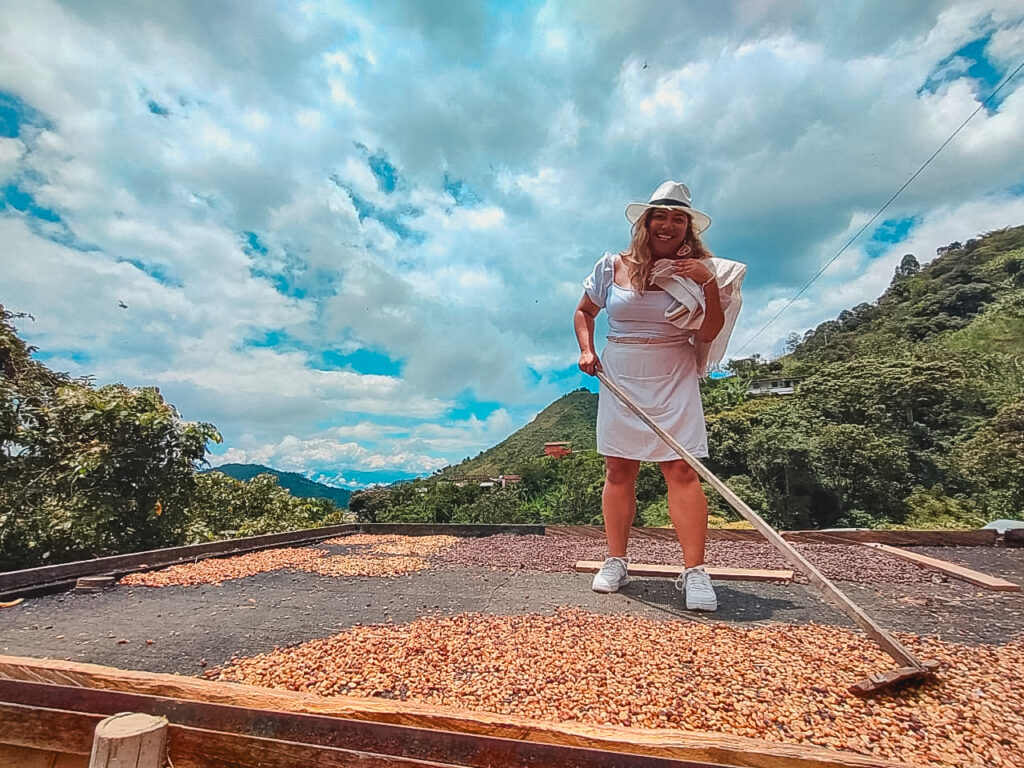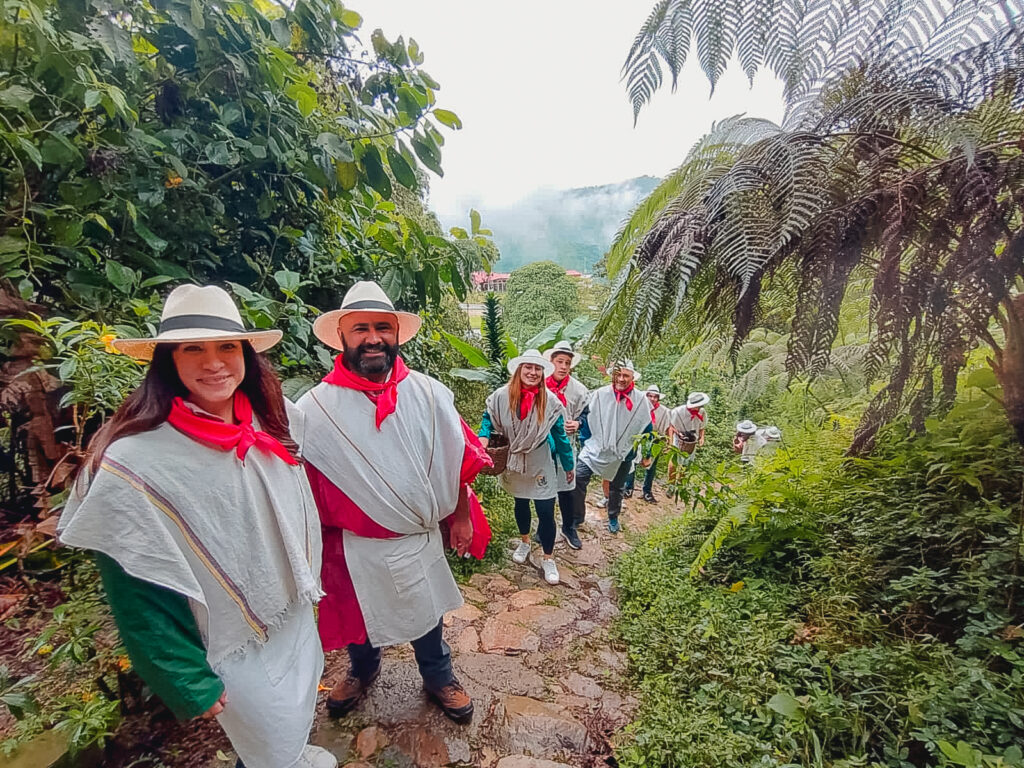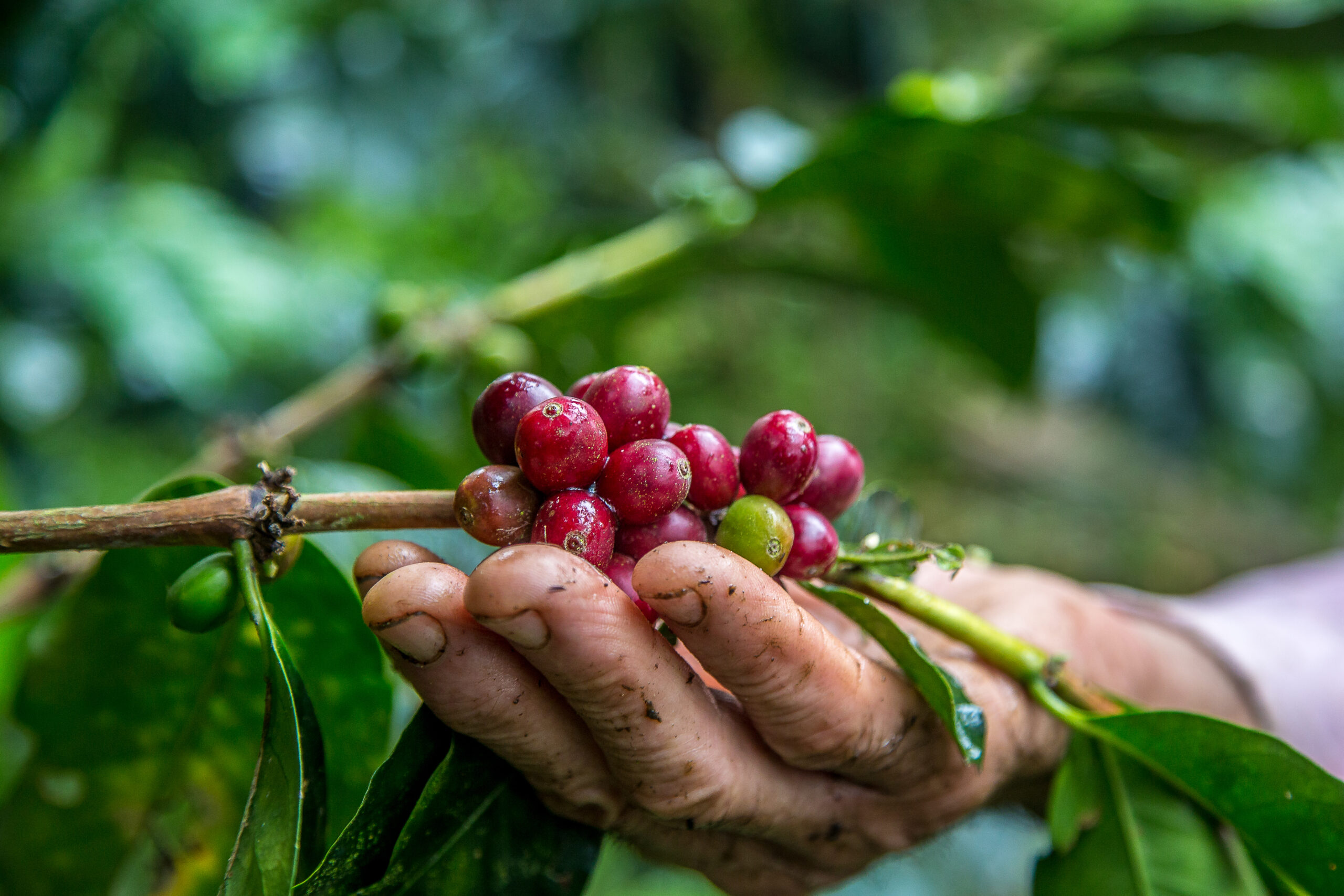The charm of Colombian coffee: A treasure that awakens your senses
Have you ever tasted a coffee that not only caresses your palate, but also tells you a story? In Colombia, coffee is not just a beverage: it is tradition, passion, and living art. 🌿☕

When you think of the best coffee in the world, your mind—and your heart—inevitably travel to the green, sun-drenched mountains of Colombia. Thanks to its privileged climate, fertile soils, and the dedication of thousands of coffee farmers who dedicate their lives to this art, each Colombian coffee bean holds within itself a piece of the soul of our land.
The History of Coffee in Colombia: A Journey of Passion and Tradition:
Although Colombia is world-famous for its coffee today, the plant is not native to the country. Coffee originated in Ethiopia, Africa, and from there was brought to Arabia and then to Europe in the 15th and 16th centuries. But how did it end up conquering the Colombian mountains?
It is believed that coffee arrived in the Americas in the 18th century thanks to European colonizers. From the Caribbean, it began to spread southward.

In Colombia, according to historical records, coffee was introduced by Jesuit missionaries around 1730. These religious men brought coffee plants with them as part of their efforts to evangelize and teach new agricultural techniques to local communities.
However, coffee cultivation did not expand immediately. At first, coffee was grown in small family gardens, more for personal consumption than as a large-scale economic activity.
It was towards the end of the 19th century that coffee began to gain strength as an economic engine for the country. Colombia’s climatic conditions—with mountains, frequent rainfall, and volcanic soils—proved to be perfect for the production of extremely high-quality coffee.
In 1860, the first official exports of Colombian coffee began to take off, and from then on, its cultivation became a symbol of national identity and a key factor in Colombia’s economic development.
Later, in 1927, the National Federation of Coffee Growers of Colombia was created, which not only helped organize coffee growers but also positioned the “Café de Colombia” brand worldwide, represented by the famous character Juan Valdez.
Where is coffee produced in Colombia?
In Colombia, coffee is produced primarily in mountainous areas, where the climate, altitude, and soil type are ideal. The country has many coffee-growing regions, but the most famous is the Coffee Axis. Here are the main areas:
- Coffee Triangle (or Eje Cafetero) Caldas, Quindío, and Risaralda The most iconic area; mountain landscapes, traditional coffee plantations, and colorful towns.
- Antioquia, Medellín, and rural municipalities: Coffee with sweet and balanced flavors; a strong coffee tradition.
- Tolima, Ibagué, and surrounding areas: Smooth coffee with fruity and floral notes; ideal climate for specialty crops.
- Huila, Neiva, Garzón and Pitalito: Considered the new star of Colombian coffee; produces some of the best specialty coffees.
- Cauca, Popayán, and rural areas: High-altitude coffee with a bright and complex profile, highly valued internationally.
- Nariño, Pasto, and nearby mountains: Grown at extreme altitudes; coffee with lively acidity and intense aroma.
- Sierra Nevada de Santa Marta, Magdalena, Cesar, and La Guajira: Coffee grown by indigenous communities; unique flavor due to its proximity to the sea and mountains.
What makes Colombian coffee so special?
Colombian coffee is considered one of the best in the world due to a unique combination of natural, human, and cultural factors not easily found in other countries. Here’s a summary:
1️⃣ Perfect Geography
Colombia has a privileged location: fertile volcanic soils, ideal altitudes (between 1,200 and 2,200 meters above sea level), and a moderate tropical climate.
These conditions allow the beans to grow slowly, absorbing more nutrients, resulting in sweeter, more aromatic, and more complex coffees.
2️⃣ Two Harvests per Year
Unlike other producing countries, Colombia harvests twice a year (main and mitaca), ensuring constant freshness and continuous high-quality production.
3️⃣ High-Quality Varieties
Colombia specializes primarily in Coffea Arabica, a coffee variety recognized for its smoothness, sweetness, and low bitterness. Premium varieties such as Typica, Bourbon, Caturra, and Castillo are grown within this species.
4️⃣ Manual and Selective Harvesting
In Colombia, most coffee farmers pick their beans by hand, choosing only the ripest fruit at its peak. This artisanal technique ensures that only the best beans reach your cup.

5️⃣ Coffee Tradition and Culture
Colombia’s coffee culture is part of the country’s soul. Generations of families have perfected techniques, protecting quality as a legacy. Furthermore, the Coffee Region was declared a World Heritage Site by UNESCO thanks to its history and cultural beauty.
6️⃣ Rigorous Quality Control
The National Federation of Coffee Growers of Colombia strictly monitors quality standards. This has allowed Colombian coffee to maintain a worldwide reputation for excellence year after year.
Experience Coffee in Colombia
With Betoma Tours, you’ll not only discover the unique flavor of Colombian coffee, but also experience an authentic immersion: you’ll visit traditional coffee farms, meet local producers, pick ripe beans with your own hands, and learn all about the process that transforms a simple cherry into the liquid gold that awakens the world.

Immerse yourself in coffee culture.
Feel the fresh aroma of freshly roasted beans, walk along trails surrounded by coffee plantations shining in the sun, and converse with those who have passed this knowledge down from generation to generation—it’s an experience that transforms and connects.
🌟 It’s not just coffee. It’s Colombia in a cup.
Come, experience it, and feel the purest essence of our country with Betoma Tours.
Are you ready to taste the difference?
📧 Contact: info@betomatours.com
📞 Phone: +57 3026626358
📸 Instagram: @betomatours








Clustering
¡El café colombiano es realmente un tesoro nacional! Es fascinante cómo cada grano cuenta una historia de tradición y dedicación. Los paisajes montañosos y el clima único hacen que este café sea incomparable. Es increíble pensar que algo tan arraigado en nuestra cultura tuvo sus inicios en otro continente. ¿Cómo logró Colombia convertirse en uno de los principales productores de café en el mundo? WordAiApi